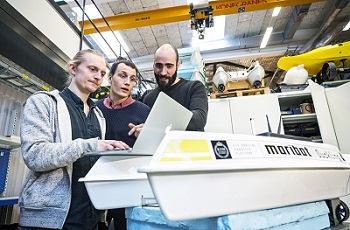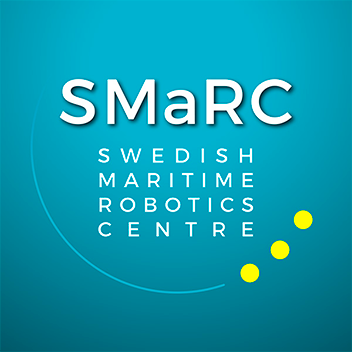- Underwater docking
- Classification of sonar data with deep learning
- Vehicle system performance optimisation
- Hydrobatics simulator
- Autonomous underwater perception
- Underwater navigation
- Robust, flexible and transparent mission planning and execution
- Multi-agent mission planning and execution
- Air-independent energy storage
- Autonomous situation awareness and world modeling
- Underwater communication
- Networking
- Demonstrator program
Description
This project aims to develop methodologies and strategies for networks of underwater vehicles and sensors. The underlying challenge is the efficient networking of platforms that are typically limited in energy capacity.
The need for information exchange may concern navigation, telemetry, command and control, and sensor data. Applications may vary from dense, localized networks in shallow, off-shore environments to remote, sparse networks in deep and remote ocean environments. The focus will be on energy-efficient dissemination of information and network throughput.
The project will address small sensor nodes networking with underwater robots, small navigational beacons networking with the robots to improve navigation accuracy, and relaying techniques for multi-hop acoustic networks.
People
Peter Sigray, Professor, Research Director FOI – Project leader
Elias Strandell – PhD student

